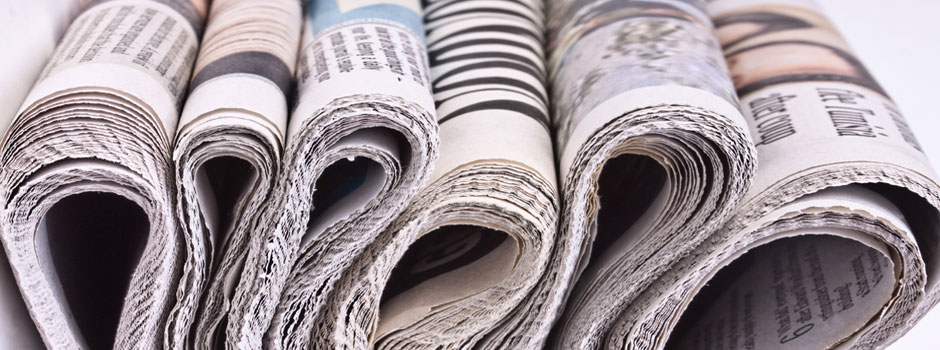NOT ALL PHOTOS INFORM IN THE SAME WAY
There are photos that describe. These are general or overview shots, such as landscape photos or scenes of human activities seen from afar. Their purely descriptive nature means that such photos have little added value. Their informational value is generally poor. Except when the circumstances in which they are taken – and the angle chosen for the shot – give them documentary value.
There are photos that narrate. These are medium shots, American shots, close-ups, such as scenes of human activities seen up close, figures in full-length photos, figures framed from above the knee and up to the waist or framed from the waist to the chest. Their narrative value means that such photos have high added value.
There are photos that shock. These are close-ups and very close-ups, such as faces seen from very close or the details of framed scenes from very close. Their emotional impact means that such photos have very high added value.
A photo is a slice of instantaneous life, and the essential thing in a photo is its framing. Still life pictures have no place in a daily newspaper. All photos must show life. While not personally a photo-journalist, the journalist makes sure that the photos intended for use in their texts show scenes of life and are framed in such a way that, regardless of the main subject to be illustrated, life is always present, whether in the foreground or in the background.
I will add a panoramic photo to my account of the arrival of Mark Pesos at the port on the island of Moray with his entire security service. My readers will thus see the importance of the project for the powerful Dosh Group.
My report on the disgruntled islanders will be illustrated with several scenes from daily life that will show, in medium-range shots, men, women and children in their preparations for the demonstration against the construction of Mark Pesos’ ultra-secure residence.
My portrait of Marine Waterman will appear with a close-up of the chair of the association of disgruntled islanders smiling among the signs and banners she is preparing for the demonstration.
My interview with Mark Pesos will be illustrated by a very close-up of the determined face of the famous banker.
I will then write the captions of the photos that my photographer and I will select for an illustrated double-page spread on the latest events on the island planned for the weekend edition. It will be composed of a collection of close-up shots and will be entitled: “Mark Pesos, his landing.” My contribution as an author will be limited to captions and an overview chapter…
If I have a document or a photo with a very high symbolic value, I will ask for it to be published on a full page.
PRESS CARTOONS ARE A SPACE OF ABSOLUTE FREEDOM
Press cartoons are sacred! Nobody messes with them! When you have a cartoonist or caricaturist who is able to sum up the news with a few sketches, and cover it with a detached point of view, sometimes smiling and sometimes fierce, you trust his inspiration. You are happy to discuss his sketches. A good rule of thumb is to ask your cartoonist to submit three (at least two) projects concerning the news to the editor-in-chief each day. The choice is made by consensus, but the final word rests with the editor-in-chief.
INFOGRAPHICS DO NOT SUPPORT MEDIOCRITY
Infographics resources give editorial content a reference value, provided that their own content is perfect. Journalists are not allowed to make a mistake when publishing a graph, a diagram, a curve or a map alongside their article. The slightest error in detail casts doubt on their entire work. Informing through infographics means imposing scientific rigour in covering the news. This requires consideration, application and coordination during editorial meetings.
Maps transport. I need to use a small map to show my readers at a glance the location of the Dosh Group throughout the world, on which I will use arrows to indicate the investments and withdrawals recently made.
Graphs explain. I have precise data on the evolution of stock market prices since the transfer of the Dosh Group’s head office to the island of Moray; a curve on a graph will explain better than an analysis…
Diagrams clarify. The financing of the Dosh Group’s new head office in Moray involves many shell companies; a diagram on this mechanism will be clearer than complicated explanations.

